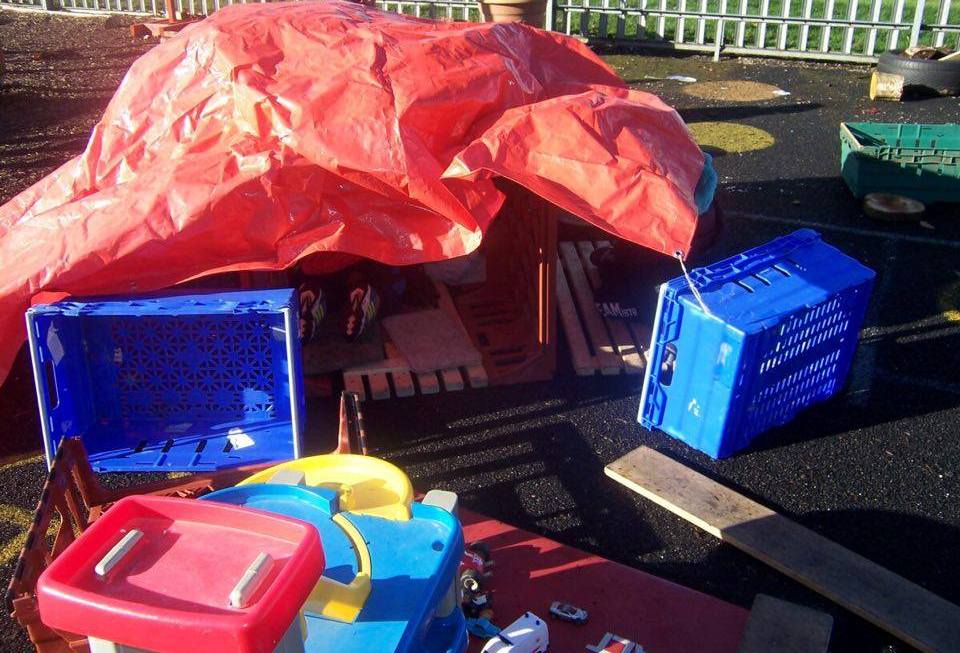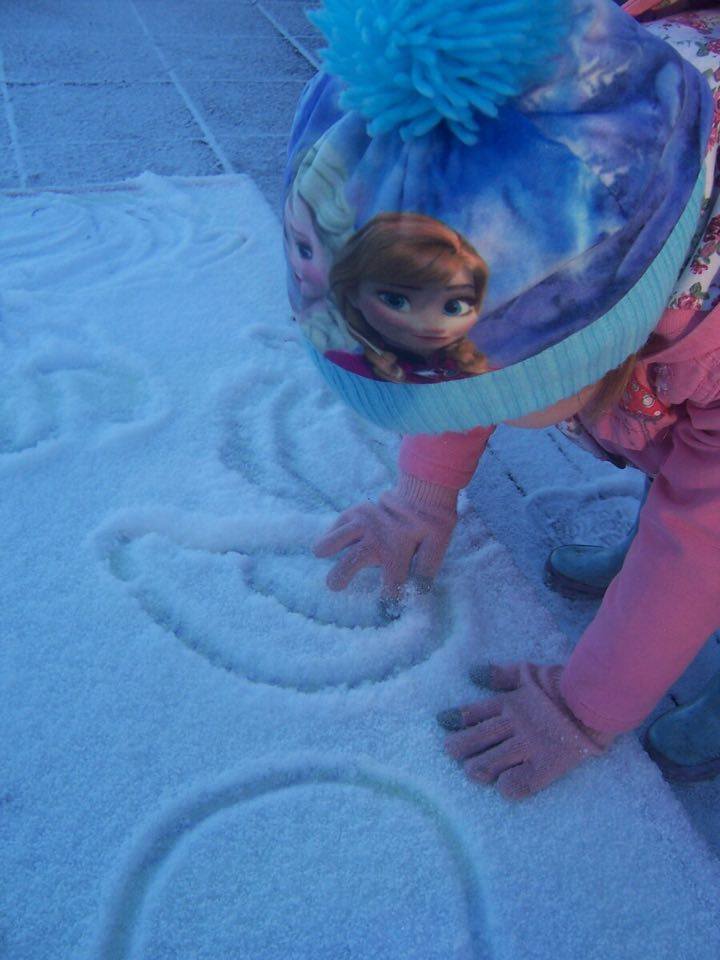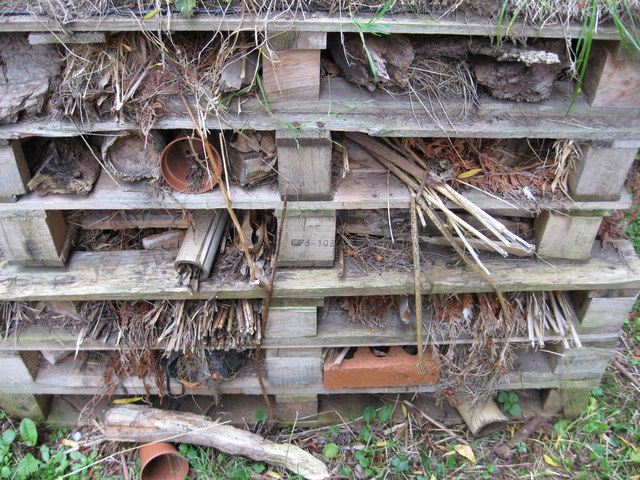The outdoor environment is a great opportunity to extend and support language development
The outside environment is a great way to develop and encourage language development. Exploring the world around them allows children to learn and practise using a wide vocabulary and develops a range of communication and language skills. Research has shown the regular outside play can support brain development and understanding skills. It is important that children are offered outdoor play at least once a day, to help them run off energy and experience the world outside.
Here are 10 activities to support language development outside
1.Listening walks
Listening walks are a great way to support children with language skills. This activity involves taking children out into the outdoor environment and using their listening skills to see what sounds they can hear. Listening walks can be enhanced by creating some ‘listening ears’ with card for the children to wear. This will help remind them what they are doing and focus their attention. The adult can talk about the different sounds they hear and allow the children to guess what is making the sound.
2.Role play
Imaginative activities enable the children to extend their vocabulary, creating a range of scenarios in the outside environment. Mud kitchens encourage and enhance children’s role play experiences, offering them to use a variety of nouns and verbs to describe what they are doing. Open ended resources allow children to create areas and props to support their language development.
3.Creating dens
Building dens is a great way for to support children with language and communication skills. This encourages children to work as a team to create a den for them to use. Lots of open ended resources such as blankets, cardboard boxes and tunnels provides children with the materials to create a structure, using their problem solving skills to think of different ways to use resource.

Bug hotels
Bug hotels offer the opportunity for children to use their investigation skills. Providing tools such as magnifying glasses and clear plastic pots, allows children to explore the environment and the creatures that may live inside. This activity encourages question asking and discussions to happen about what is observed. Adults can support this experience by offering fact books about mini beasts, giving the children something to refer back to.
Mark making
Mark making activities in the outdoor environment can offer children a large scale to work on. Paintbrushes in water or chunky chalks can be used on surfaces such as walls or concrete floors to create art work and make marks. These can be easily washed away once the children have finished, offering the opportunity over and over again. Children can extend their language skills by talking about what they are drawing, and how different surfaces impact the marks they make.

Experimenting with volume
Volume and pitch of a voice changes dramatically in the outdoor environment. Sound can be adapted indoors, due to factors such as high ceilings or wood flooring, enabling sound to be absorbed or bounce off of objects. When outside sounds can change and volumes seem quieter due to the open environment. Game that experiment with volume such as “what’s the time, Mr Wolf”, can offer children the opportunity to use a range of volumes and observe the effects. Children can practise whispering and shouting to the wolf, to see how far away their voices can be heard.
Cup phones
The outside environment is a great opportunity to create cup phones using plastic cups and string. This is an old game that still encourages language today. The environment creates a large area allowing children to move far away from each other and communicate through the cups, learning about how sound travels. This activity supports children with language delay due to shyness, as it enables the children to join in with interaction without the pressure of speaking to someone face to face.
Letter treasure hunt
This is an alternative way to create a treasure hunt, yet encourage letter and sound recognition. Print off some letters on A4 paper and display around the garden. The children will be encouraged to find a letter, with each one leading them to find a new letter. Children should be encouraged to sound out the letter whilst looking for it. It is a great idea to display the letter in an area that matches the letter, such as the letter ‘S’ being displayed on the slide.
Writing materials
Offering writing materials outside is a great way for the children to note down their feelings and thoughts. They can draw pictures of things they have observed in the environment or use crayons and paper to make rubbing of different texture or materials. This is turn encourages them to comment on what they are doing and interact with nature.
Races
Allowing children to take part in races by either running or using bikes, can support their understanding and language skills. Children will learn vocabulary such as slow, fact, stop and go. Using traffic signs and symbols can extend children’s knowledge of their environment, whilst supporting them to use words learnt in context.



Leave a Reply